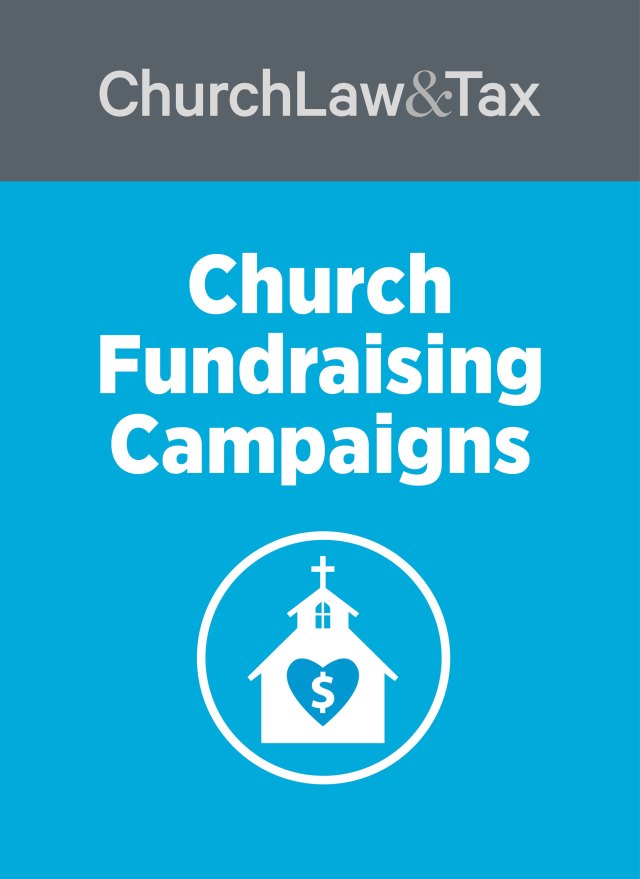For many years, churches pondered (and even debated) whether to collect offerings by placing a box in the back of the sanctuary or by passing the plate. Today there is a much more important issue that is transforming how people give and how churches collect offerings: various forms of electronic giving, such as websites, mobile devices, electronic funds transfer, and more.
To dramatically illustrate my point, consider what would happen if you went up to the average 28-year-old and asked that person to write you a check for something. In most cases, he or she would look at your strangely and say something like, “Checks? Ahhh, I don’t use checks.” But the truth is, whether someone is 28, 38, 58, or 78, fewer people are using checks and instead are using various forms of electronic options for all of their financial and giving transactions.
So, let’s take a look at the top 7 reasons your church must offer (more) electronic giving options:
1. Scripture instructs ministers to “collect” people’s offerings
When I have been in other countries, I have sometimes seen churches use VERY LARGE offering baskets (as big as waste paper baskets!) to collect people’s offerings. People were taught to “give from what they had,” which often included eggs, bread, rice, money, and so on. The baskets had to be large enough to hold everything people brought. In some cases, I saw churches that built “tithe houses” so people could bring the best portion of their harvest to the church.
The biblical mandate is that ministers “collect” people’s offerings and churches and ministers need to use whatever methods are available and most helpful to empower their people to be faithful and generous givers.
2. Some of your people do not use checks at all
Or, many will not have a check with them in the service. When you limit giving options to checks or cash, those without checks either will give nothing or will only put in a small amount of cash since they don’t carry much cash and mainly use debit cards, credit cards, smart phone apps, and online transactions to handle their finances.
3. Each weekend, 25 percent to 30 percent of the people who regularly attend your church are gone
If you have a church of 100 people, your average weekly church service attendance is probably 70 to 75 people. In a church family of 1,000 people, you likely have 700 to 750 attending on Sunday. Sickness, family commitments, sports, vacations, out-of-town trips, and other reasons will keep many people away from church each Sunday. Most people that miss a church service also will miss giving because the church has limited their giving opportunity to just a few minutes during a worship service. While some people will give more the next time they are in the service, most people will not.
4. Each weekend, 10 percent to 15 percent of your people will be in the building but will not make it to the worship service
Many people that serve in the nursery or a Sunday school class often miss going to a worship service on the weekends when they serve. There are a number of people who will only be able to get to church for one hour, and will choose to attend their Sunday school class rather than the worship service. When you limit giving to only happen in a worship service, many of these people will not give at all.
5. Electronic giving is a growing trend that will not go away
Church leaders must respond in a positive and appropriate way. Technology donation companies are finding more and more churches and nonprofits are turning to them to help fulfill their desire to offer electronic giving options. As a growing number of people depend on electronic giving to manage their finances, churches must come along side their people to help them be faithful and generous givers. Electronic giving is here to stay and it is growing. While ministering in a church in Australia, I found out from the pastor that more than 90 percent of people’s giving was done electronically (online, electronic funds transfers, and through giving “cards” in the pews that allowed people to give by debit or credit card).
6. Electronic giving helps you easily connect for special offerings
In every church, there are monies collected for a variety of things beyond the general weekend offerings, including building projects, benevolence giving, missions projects, missions trips, Christmas offerings, year-end offerings, pastor and staff love offerings, and more. When you have electronic giving available, a simple e-mail with a “Click here to donate” link is all you need to encourage generosity that will generate significant extra gifts in your church family. Without electronic giving, you’re confined to collecting an offering in the church services and sending out time-consuming and expensive mailings.
Evaluating E-giving Options
When working with any company that can provide electronic giving options for your people, you want to make sure they can offer you:
- Online giving (one-time, recurring).
- Electronic funds transfers (where people sign up to have their offerings withdrawn weekly, bi-weekly, or monthly) from one of their financial accounts.
- Debit and/or credit card giving options (some churches prefer to only use debit cards).
- Phone apps.
- Facebook fan page donations.
- The ability to collect and process debit/credit card information on a mail-in offering envelope, sanctuary offering envelope, or registration form for a retreat, conference, event, and so on.
Note: While there are some small fees associated with processing electronic giving, the amount you gain will be far, far, far greater than any costs incurred.
In closing, if you are collecting offerings by passing the plate and/or by having a box in the back, don’t stop doing this! With electronic giving, you are adding to what you are currently doing. This provides people with a variety of workable options for them to be faithful and generous givers to the Lord’s work.




